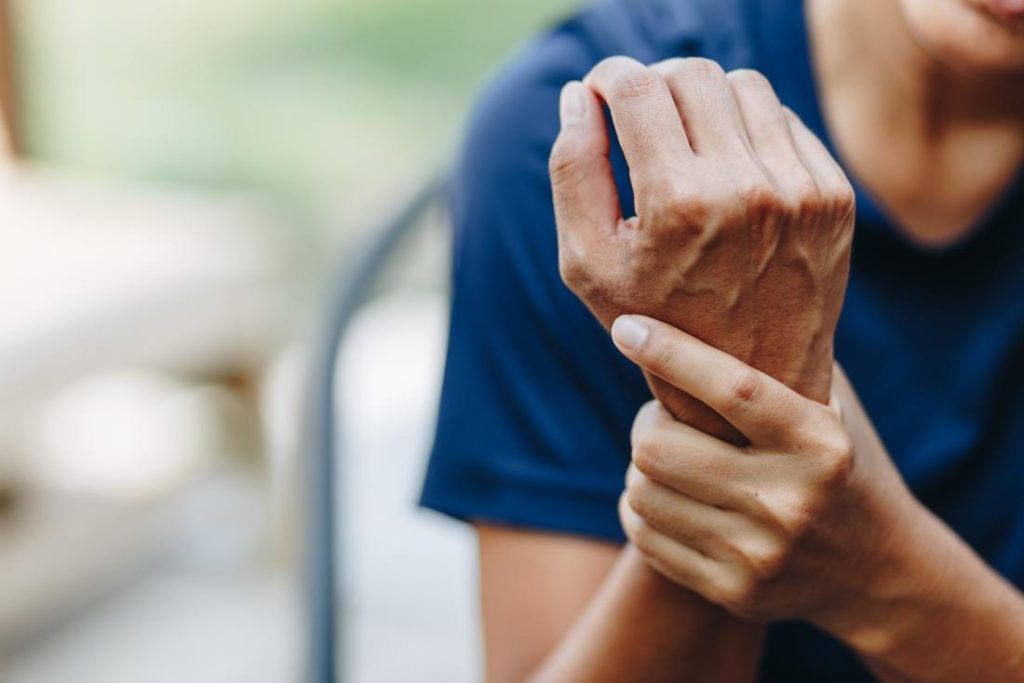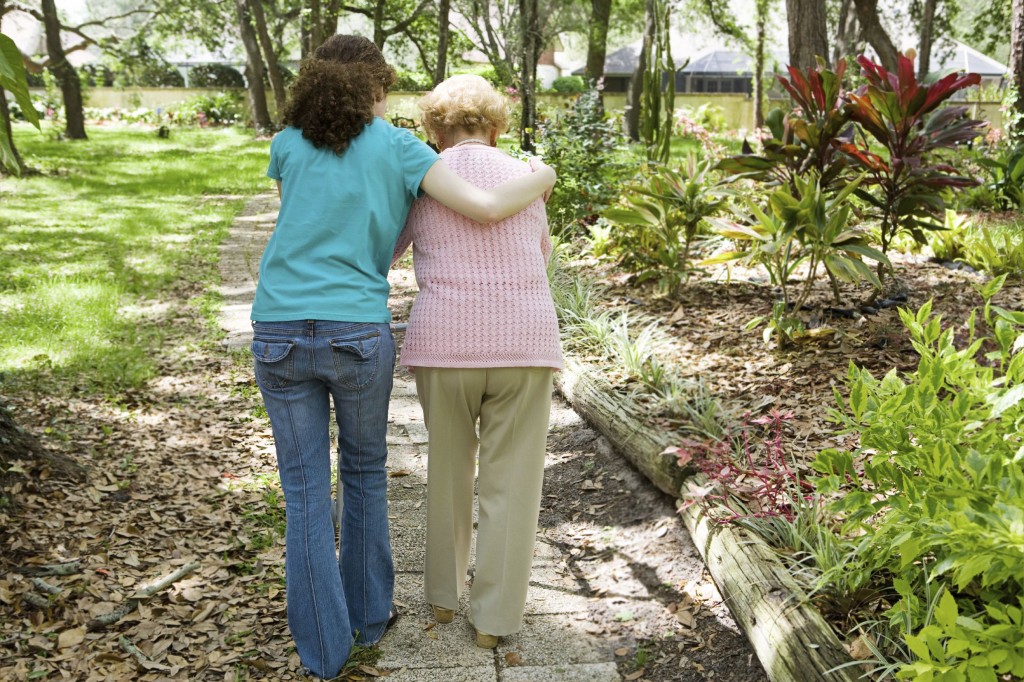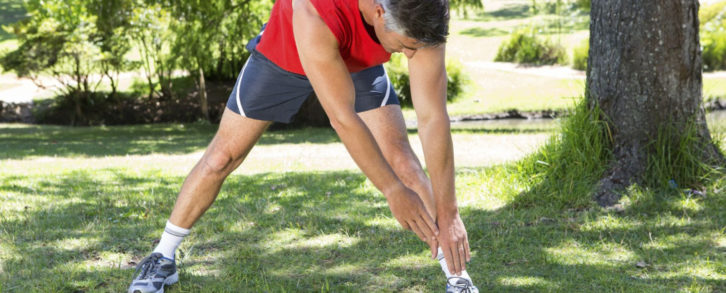Exercise at your age : for best bones

Certain types of exercise can increase muscle mass, which in turn enhances strength, muscle control, balance, and coordination. Good balance and coordination can mean the difference between falling—and suffering a fracture—and staying on your feet. Strong evidence shows that regular physical activity can reduce falls by nearly a third in older adults at high risk of falling.
All exercises for bone strength have one or more of the following attributes:
They provide resistance. In these forms of exercise, you challenge your muscles by working against some type of resistance, such as dumbbells, elastic bands, or even your own body weight. Resistance exercises, including classic strength training, rely on muscle contractions that tug on bones to stimulate them to bulk up.
They are weight-bearing. Weight-bearing exercise is any activity, such as running, walking, dancing, hiking, climbing stairs, or playing tennis, golf, or basketball, in which you carry your body weight and work against gravity. This is in contrast to non-weight-bearing activities such as swimming or cycling, where the water or bicycle supports your body weight. The force you exert to counteract gravity when you do weight-bearing activities is what stimulates bones to get stronger.
They provide impact. When you land a jump or pound the ground with each step as you run, you multiply the weight-bearing effect of gravity. That’s why higher-impact activities generally have a more pronounced effect on bone than lower-impact exercises.
They’re higher-velocity. Impact can be increased even more as your speed increases. For example, jogging or fast-paced aerobics will do more to strengthen bone than a leisurely stroll or slow calisthenics.
They involve sudden changes of direction. Changing direction while you’re moving also appears to benefit bones. When researchers reviewed bone strength in the hips of a variety of athletes, they found that those who played sports such as soccer and squash, which involve rapid turns and start-and-stop actions, had bone strength similar to those who did high-impact sports, like triple jumpers and high jumpers—and they all had greater bone density than long-distance runners.

They help improve your balance. Exercises that target balance may not be the best for building bone, but they will help keep you from falling, so they also serve a bone-protecting function.
Exercise affects your muscles and bones in similar ways. When you work out regularly, your muscles get bigger and stronger. By contrast, if you sit around doing nothing, they get smaller and weaker. The same principle holds true for bones, although the changes are less noticeable.
Not only do muscles and bones both respond to exercise, but the changes in both of them happen in tandem. That’s because muscles and bones work together to make your body move—and for maximum efficiency, muscle and bone strength need to be bal-anced. Consider what would happen if this balance didn’t exist. At one extreme, a weak muscle wouldn’t be able to move a big, strong bone. At the opposite end of the spec-trum, if a muscle were much stron-ger than a bone, it would snap it.
The human body naturally maintains the right balance. As your muscles grow stronger from exercise, they pull harder on bones. The harder they tug, the more your body strengthens those bones. The reverse also holds true. If you don’t work out, your muscles get weaker, and the force they apply to bones decreases. The bones follow suit, growing weaker. So, when you do strength training to build muscle, you’re also building stronger bones, even if that’s not why you took up weight training in the first place.
An important lesson follows from this: since the muscle-bone connection plays such an important role in triggering bone strengthening, those bones that bear the load of the exercise will get the most benefit. If you only do upper-body workouts, for example, that does little for bones in your lower body.




